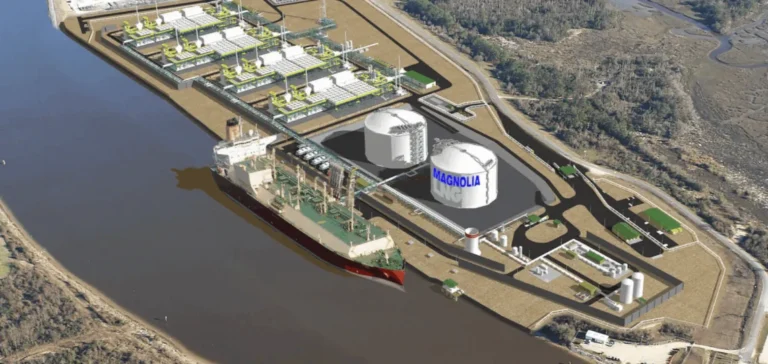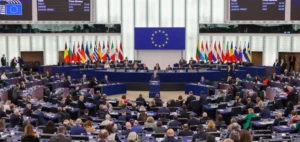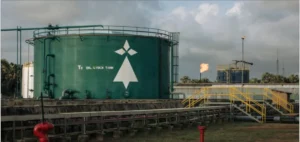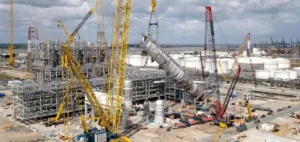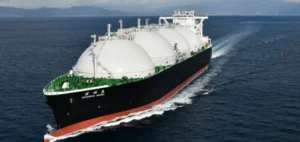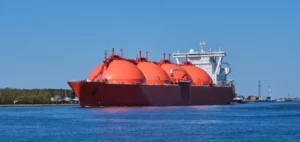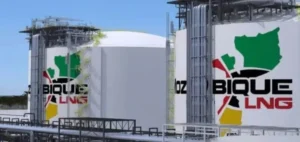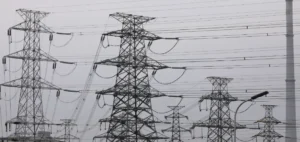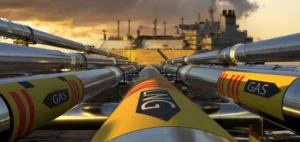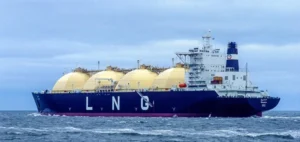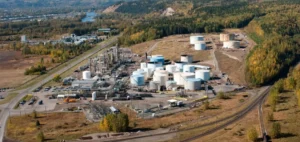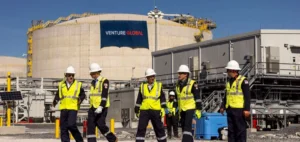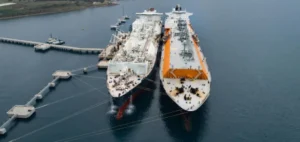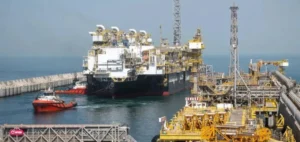Glenfarne Alaska LNG, LLC has signed a Letter of Intent with Tokyo Gas Co., Ltd. for the purchase of one million tonnes per annum (MTPA) of liquefied natural gas (LNG) from the Alaska LNG project. This agreement brings the number of deals signed in seven months to five, covering more than half of Glenfarne’s targeted commercial volumes.
Tokyo Gas, one of Japan’s leading energy utilities, thereby strengthens the Alaska LNG project’s strategic positioning in the Asian market. Glenfarne, which became the project’s lead developer in March 2025, plans to contract 16 MTPA of capacity to reach financial close. So far, 11 MTPA have already been covered by preliminary agreements signed with companies in South Korea, Taiwan, Thailand and Japan, including JERA, POSCO, CPC and PTT.
Unique export terminal on the Pacific Coast
Alaska LNG is currently the only federally authorised LNG export terminal on the United States Pacific Coast. The project includes a 1,300 km pipeline to transport natural gas from Alaska’s North Slope to the Anchorage region, where part will be used for local consumption and the remainder liquefied for export. Glenfarne has structured the development in two financially independent phases to optimise funding and execution.
The first phase covers the transport of gas over approximately 1,230 km through a 42-inch diameter pipeline. The second phase will involve the construction of the liquefaction terminal and associated infrastructure to reach an annual export capacity of 20 MTPA. Engineering firm Worley is currently finalising the project’s engineering and cost validation.
Public participation and Asian market legacy
The project includes a 25% ownership stake by the State of Alaska, represented by the Alaska Gasline Development Corporation. This institutional support reinforces the credibility of the infrastructure, which primarily targets Asian markets seeking long-term gas supply solutions.
Tokyo Gas is returning to familiar territory, having been one of the first buyers of LNG from Alaska fifty-five years ago. This new commitment illustrates the willingness of Asian operators to secure competitive volumes amid market tensions and the global reorganisation of hydrocarbon flows.


